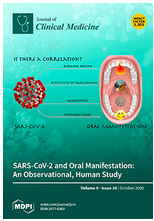 In many neurodegenerative and muscle disorders, as well as the loss of innervation seen in sarcopenia, improper reinnervation of muscle and dysfunction of the motor unit (MU) are found, two key pathogenic features. In vivo studies of MU are limited due to the difficulties in isolating and extracting functional motor units, so there is a need for a simplified and reproducible motor unit system designed in vitro.
In many neurodegenerative and muscle disorders, as well as the loss of innervation seen in sarcopenia, improper reinnervation of muscle and dysfunction of the motor unit (MU) are found, two key pathogenic features. In vivo studies of MU are limited due to the difficulties in isolating and extracting functional motor units, so there is a need for a simplified and reproducible motor unit system designed in vitro.
A Franco-British team including researchers from the Institute of Myology developed and characterized a functional model of MU in vitro, allowing the analysis of the development and function of the motor unit. For this, they used an immortalized human myoblastic cell line that was co-cultured with rat embryo spinal cord explants in serum / growth factor-free medium. The MU developed and the morphology of their components (neuromuscular junction, myotubes and motor neurons) were characterized by immunocytochemistry, phase contrast and confocal microscopy. The function of MU was assessed by live observations and videography of spontaneous contractions of myotubes after challenge with cholinergic antagonists and glutamatergic agonists.
- Blockade of acetylcholine receptors by α-bungarotoxin resulted in complete cessation of myotube contractions, which was reversible with tubocurarine.
- Myotube activity was significantly higher with the application of L-glutamic acid.
All these observations indicate that the MU created are functional.
The functional nerve-muscle co-culture model that was developed by researchers could be used in drug screening and pathophysiological studies of neuromuscular interactions.
